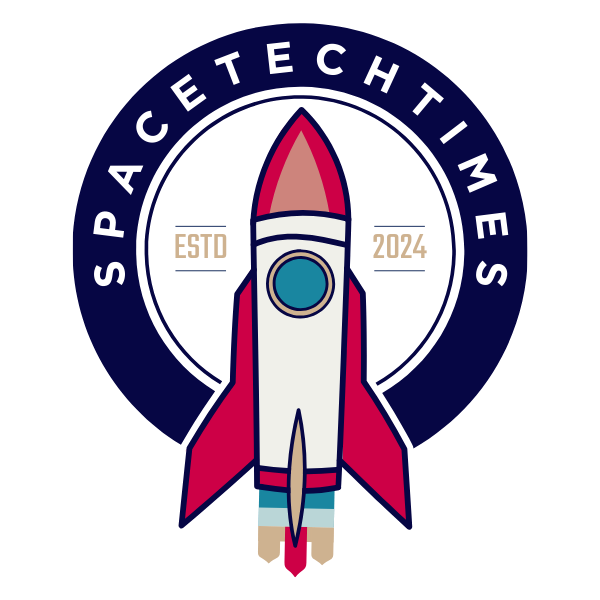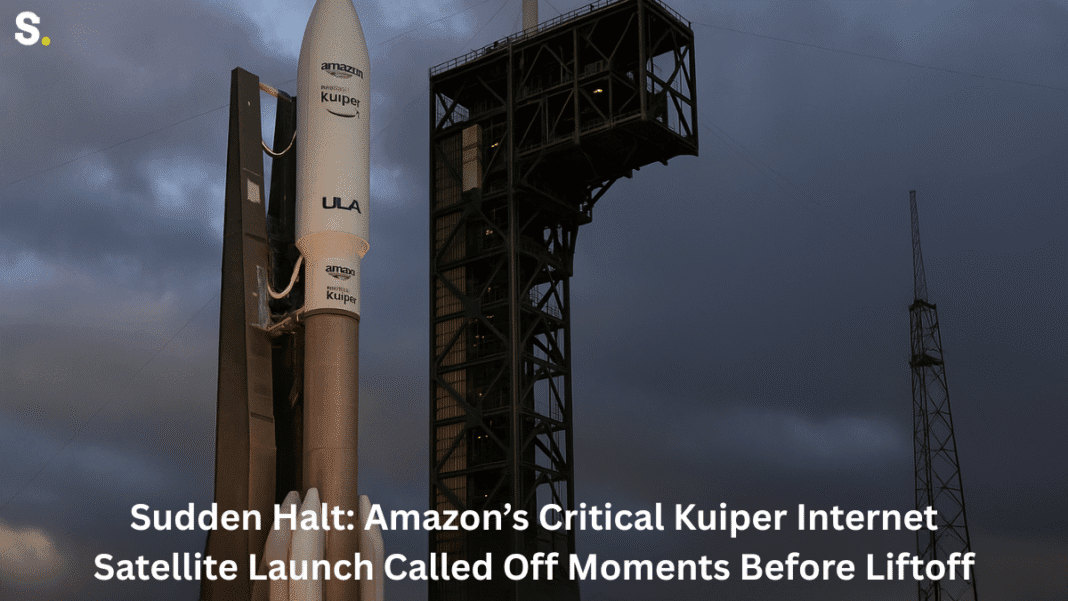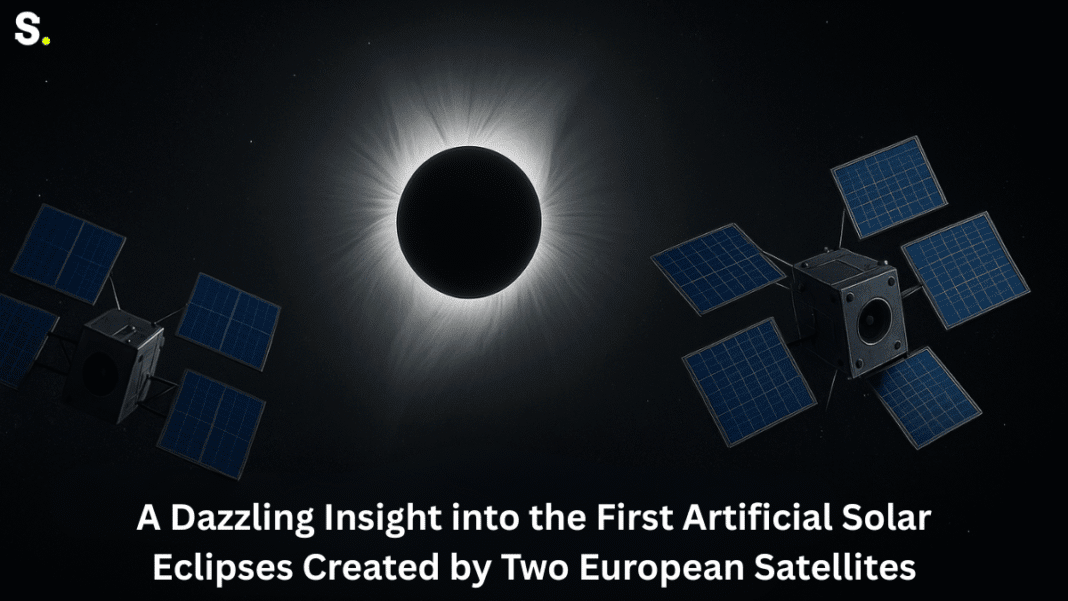Amazon was ready to take another big step toward building its space-based internet network, Project Kuiper. A powerful rocket stood tall on the launch pad at Cape Canaveral, Florida, filled with 27 internet satellites and prepared for liftoff. But just 30 minutes before the scheduled launch, everything came to a sudden stop.
Countdown Stopped Just 30 Minutes Before Launch
The company behind the rocket, United Launch Alliance (ULA), announced that the launch was being called off for the day. The reason was an “engineering observation” related to the booster engine. In simple words, a part of the rocket’s engine got too hot, and the engineers didn’t want to take any chances. They noticed the elevated purge temperature — something that keeps the engine safe and clean — and decided it was best to investigate before going forward.
This was actually the second delay in just a few days. The launch was originally supposed to happen the previous Friday, but bad weather forced them to push it to Monday. Everyone hoped for better luck this time, but technical trouble got in the way. ULA said a new launch date will be announced as soon as the issue is fully understood and resolved.
While the delay is disappointing for Amazon, safety always comes first in space missions. A small problem on Earth could turn into a big disaster in space. That’s why even a tiny rise in temperature was taken seriously enough to stop the entire operation.
Project Kuiper’s Space Race Ignites €2.8 Billion Growth Surge Across Europe—3200 New Jobs Soon
What is Project Kuiper and Why it Matters
Amazon’s Project Kuiper is a giant plan to provide fast and affordable internet from space. The idea is to put thousands of small satellites into low Earth orbit. These satellites will work together like a web, beaming internet signals down to different parts of the world — especially places where it’s hard to get regular internet.
For example, people living in faraway villages, on mountain tops, or in areas hit by natural disasters often have no good internet options. Project Kuiper wants to change that. By sending signals from space, it can bring internet to places that don’t have cables or towers.
The company’s plan is big. In total, it wants to send up 3,236 satellites by the year 2029. That’s a lot of satellites — enough to circle the Earth many times over. But Amazon is not waiting until all of them are in place. It wants to start providing service to customers by the end of this year, using the first 1,000 satellites.
As more satellites are added over time, the internet will become faster and more reliable. It’s similar to how more cell towers improve your phone signal. More satellites mean better coverage, fewer slowdowns, and more people being connected.
To make this huge project happen, Amazon has already booked over 90 rocket launches. It’s working with several space companies to carry the satellites into space, including ULA, ArianeGroup, Blue Origin, and even SpaceX — the same company behind Starlink, Amazon’s biggest competitor in space internet. The total cost of these launch deals is more than $10 billion.
Ambitious Kuiper Launch Poses New Threat to Starlink’s Satellite Internet Supremacy
What Customers Can Expect from Kuiper
When Project Kuiper finally begins service, customers will use small devices to connect to the satellites. These devices are called user terminals. Amazon has designed three kinds of terminals to meet different needs.
The smallest terminal is a 7-inch square. It’s meant for people who are always on the move or who live in small homes. This tiny device can deliver speeds of up to 100 megabits per second (Mbps), which is good enough for streaming videos, attending online classes, or using social media.
The medium-sized terminal is 11 inches wide and is designed for regular homes. It can offer speeds of up to 400 Mbps, which is fast enough for gaming, watching movies, and using many devices at once.
The largest terminal is meant for big businesses or special uses. It can deliver internet speeds of up to 1 gigabit per second (Gbps). That’s extremely fast — much faster than what many people have today.
Amazon plans to sell the standard terminal for about $400. That’s a bit more expensive than Starlink’s version, which costs around $350. But Amazon hopes that the performance and reliability of Kuiper will make it a good choice for many people.
Despite this latest delay, Amazon remains committed to building its space network. Monday’s launch was supposed to carry 27 new satellites into space, helping to grow the Kuiper network. Even though the rocket didn’t fly this time, the mission will move forward once the technical issue is fixed.
The launch delay may have been a setback, but for Amazon’s space internet dream, it’s just a pause, not a stop.




